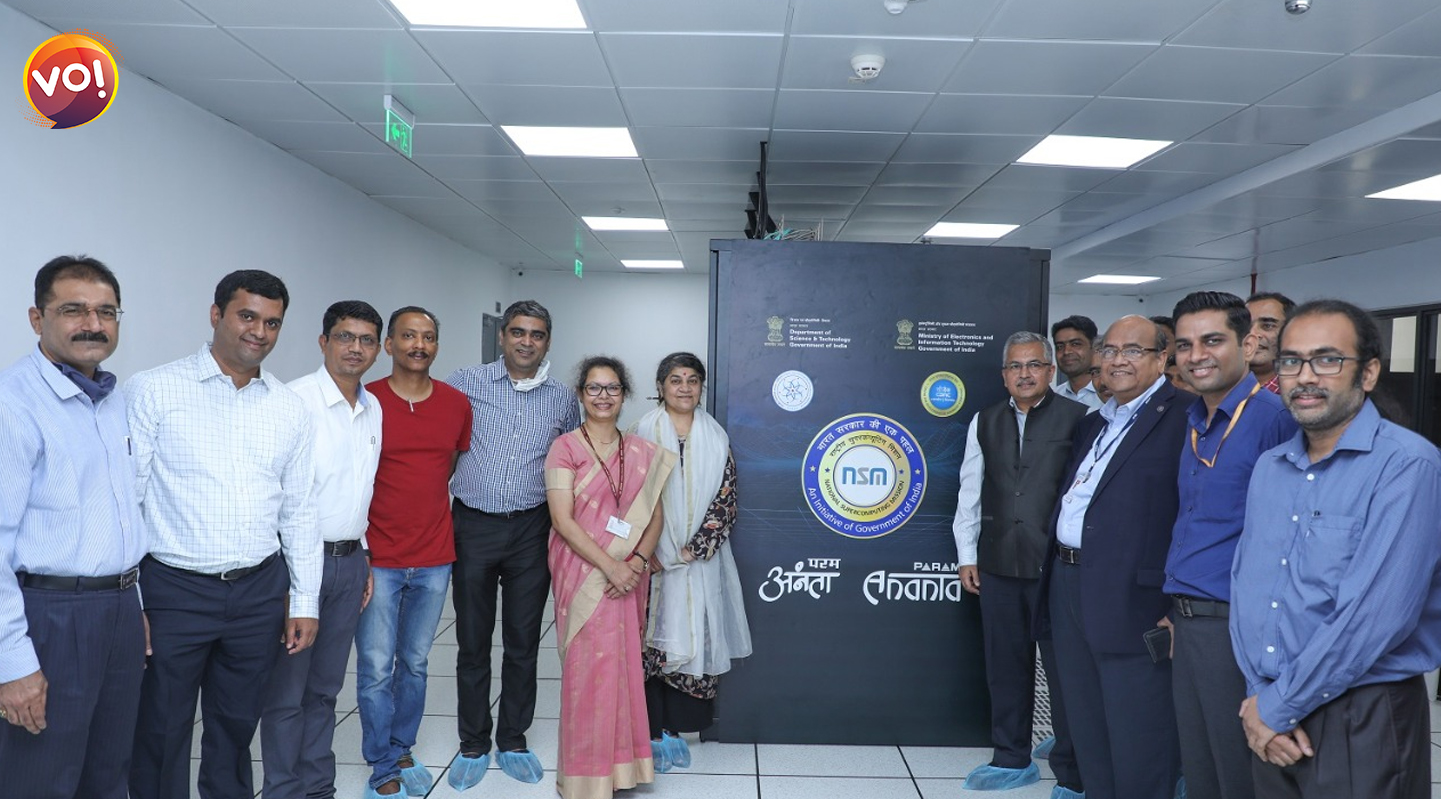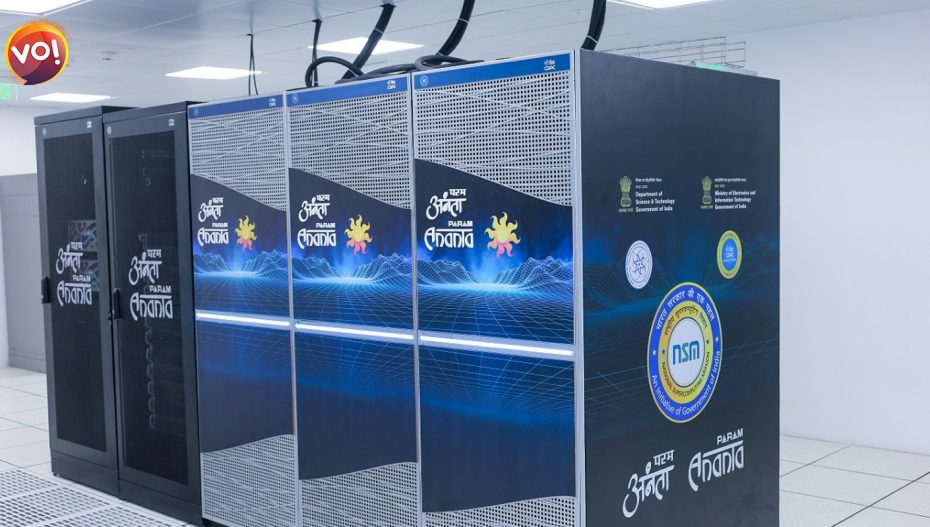PARAM Ananta, a supercomputing facility under the National Supercomputing Mission (NSM) jointly steered by the Ministry of Electronics and Information Technology (MeitY) and the Department of Science and Technology (DST), has been commissioned at the Indian Institute of Technology Gandhinagar (IITGN). The Centre for Development of Advanced Computing (C-DAC) implemented it.
The new facility will provide a tremendous amount of computational power to the scientific community of IITGN. It will also enable the academic institutions and industries in the vicinity of the institute to take their Research and Development (R&D) efforts to a global scale. Further, it will accelerate and strengthen the collaborative R&D activities of the institute. Moreover, from a larger perspective, the technological and research advancement aided by this supercomputing facility will ultimately transform lives at various levels.
Sunita Verma, Group Coordinator, and Scientist G, MeitY, also commissioned the facility in the presence of Prof Amit Prashant, Officiating Director, IITGN; Dr. Hemant Darbari, Mission Director- NSM; Col A K Nath (Retd), Executive Director (Corporate Strategy), C-DAC Pune; Dr. Namrata Pathak, Associate Head/Scientist F, DST; Naveen Kumar, Scientist D, MeitY; Sanjay Wandhekar, Senior Director & Convenor NSM; Prashant Dinde, Associate Director, C-DAC; BSV Ramesh, Joint Director & Co-ordinator for PARAM Ananta; along with senior officials from MeitY, DST, C-DAC, and IITGN and so on.


Ananta: The Supercomputer
Ananta, the supercomputer name, literally means endless or limitless. The logo design also symbolises the Sudarshan Chakra in the form of the Sun and data grid mountains merging in perspective with the horizon.
The new high-performance computational facility would aid researchers in solving large-scale problems in different fields of Science and Engineering. The 838 teraflops (TF) Supercomputing System also powers with 7400 CPU cores, 52TB RAM, and 1PiB of storage space. However, the enormous power of GPU nodes with the usual software stack is required to run high-end simulations.
The massive infrastructure will also provide impetus to the Research and Development (R&D) activities in multidisciplinary domains of science and technology at the institute. But unlimited to Artificial Intelligence (AI), Machine Learning (ML), and Data Science; Computational Fluid Dynamics (CFD); Computational Biology and Bioinformatics; Climate Change and Environment studies for extreme weather predictions; Energy studies; Fire Dynamics Simulations; Nanotechnology; Computational Physics; Image Processing; and so on.
Read Also: IIT Gandhinagar Hosts Third Edition Of Invention Factory












